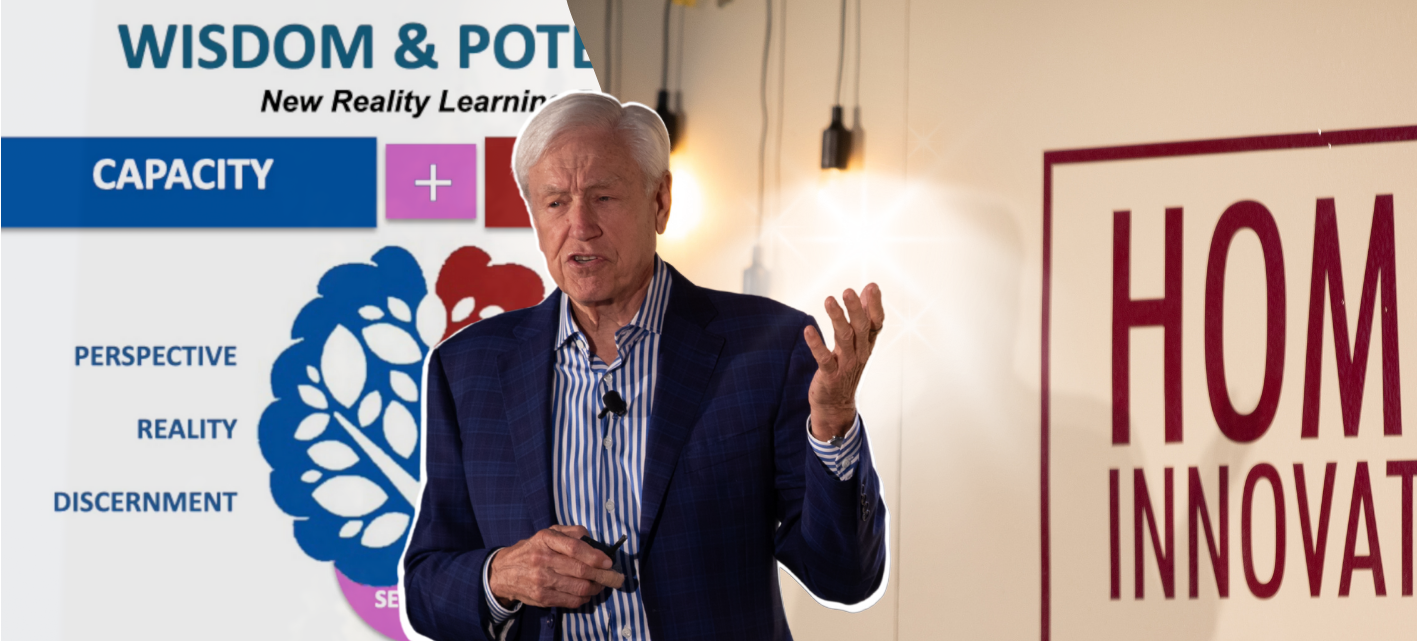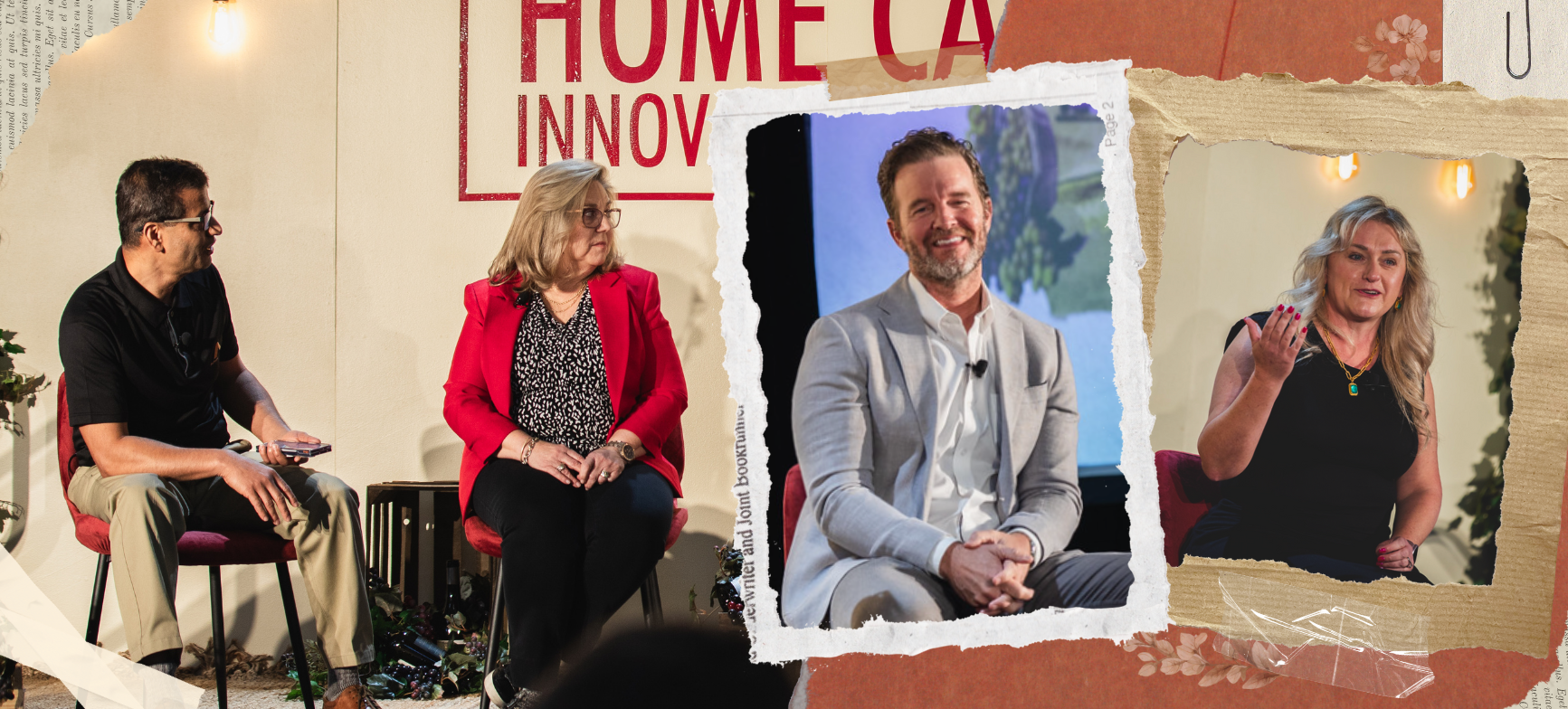Brandi Kurtyka is on a quest to redefine the very essence of what it means to care for the home care workforce.
It’s well-known that caregiver shortages are stymying efforts for operators to provide consistent care to their clients, despite their best efforts. About 85 percent of home care agencies turn away patients because they lack the necessary workforce.
Better pay, more hours, and fringe perks and benefits are among the most common strategies industry leaders are using to entice more caregivers to their companies and keep them there.
These are important variables in trying to mitigate shortages, but at the Home Care Innovation Forum, Kurtyka, CEO of MissionCare Collective, urged leaders to disrupt the status quo where caregivers are viewed simply as employees in the home. They need to be seen as the complex, multi-faceted workers they are.
All caregivers are different, so they all have different needs, she said.
“The wellbeing of your caregivers should be just as important as the wellbeing of those they’re serving,” Kurtyka said. “To truly care for one another, we must first care for those who are caring for others.”
Want to create a culture where caregivers don’t just need a paycheck but want to work for you? Then create an environment where these frontline heroes are truly seen, where what makes them who they are – whether it’s gender, race, or myriad other aspects of their persona – are celebrated and acknowledged. Their well-being needs to be prioritized.
An employment strategy driven with empathy and compassion resonates deeply with these workers, she said, because caregivers themselves are driven to their work by the same principles. In fact, caregivers face a negative $2 to $4 hourly wage rate when compared to other similarly skilled workers, Kurtyka said, adding “caregivers are fueled by their passion to care, even while their own needs go unmet.”
Based on a survey MissionCare conducted among 450 small and medium-sized home care providers, respondents said they were turning away an average of 510 hours of care per month due to caregiver shortages. Forty percent said caregiving services had gotten worse over the past six months due to workforce shortages, while 42 percent said it stayed the same. Fifty-three percent said retaining caregivers was getting more difficult. In 2022, the caregiver turnover rate was 77 percent.
Kurtyka laid out more eye-opening data gleaned from a comprehensive study – in cooperation with the National Association for Home Care and Hospice – based on data from 67,000 direct care workers that MissionCare released earlier this year:
- 58 percent of agencies require a high school diploma or GED, while 20 percent of caregivers don’t have one.
- Caregivers are 7x more likely to live in the poorest income bracket when compared to the average American.
- More than half are on some form of public assistance.
- 17 percent have no health insurance.
“Many of these caregivers are struggling with the most basic needs, like keeping the lights on and putting food on the table,” she said.
Additionally, 63 percent are people of color, 85 percent are women, and their median age is 47. Caregivers are also 3x more likely to struggle with anxiety and depression compared to the general U.S. population.
Tending to the needs of your caregivers isn’t just the right thing to do, it’s also good for your bottom line and increases retention rates. Caregivers who feel supported provide better care and stay longer in their jobs, Kurtyka said.
The data Kurtyka laid out tells a convincing story. So what can providers do to care for their frontline workers better? She suggested four key areas to focus on:
- Advocacy: Make sure leaders in Washington DC understand what home care is, that there is a difference between a caregiver and a nurse, and be sure to share inspiring stories of your work.
- Expand your pipeline: When recruiting caregivers, be open and create strategies to reach the several personas that make up the caregiving workforce. That could mean an empty nester looking to serve their community, a part-time worker looking for extra work, young people beginning their careers, and many others.
- Recruitment KPIs and Operational Performance: While making an actual hire is the most important metric, measuring performance across the hiring continuum – from an application to the start of the first shift – is essential to determine where you need to improve. Additionally, providers need at least one person responsible for each of the several steps in the hiring process.
- Engage to Retain: 77 percent of home care agencies say their caregivers are “fulfilled and engaged.” In reality, they are struggling financially, crave more connection with their agency, and desire more discussions on pathways to more responsibilities. Key stat: engaged caregivers are 4x to 6x less likely to leave your operations.
“Fundamentally, caregivers are here because they care for people,” Kurtyka said. “They could make more money somewhere else…engaged caregivers call out less, pick up more shifts, drive more revenue, and have more satisfied clients. That’s a huge ROI (on engaging with them more).”
Supported caregivers are the key to not only great care for your clients, but also longevity in their work roles. They need to be empowered, uplifted, and invested in.
“Workforce challenges need to be focused with the caregiver at the center,” Kurtyka said. “That is what will drive change.”
Posted by
Join us!
The retreat for home health care and hospice leaders innovators.
May 17-19, 2026 | Palm Springs, CA


-1.png)

-2.png)


-2.png)


Comments